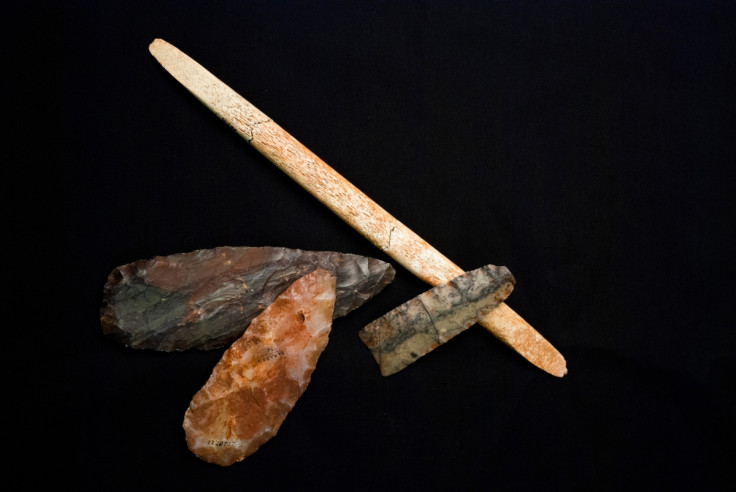Prehistoric Montana Toddler the 'Missing Link' to Early Native Americans

The remains of a prehistoric boy buried in Montana 12,600 years ago are likely the "missing link" to Native American civilisations.
He is believed to be one of the ancestors of the earliest population in the Americas – the Clovis culture.
The boy's genome sequence shows how today's indigenous people, spanning north and south America, all came from a single population that moved over from Asia.
Published in the journal Nature, researchers say their study suggests there was a split between the ancestors of the Clovis people, with the other group having populations in Canada and Greenland.
Study leader Eske Willerslev, a palaeobiologist at the University of Copenhagen, said the boy's bones date to the end of the Clovis culture, which was prominent in the central and western US around 13,000 years ago.
Construction workers found around 100 stone and bone artefacts, as well as the skeletal remains of a two-year-old boy, in 1968, but they have not been sequenced due to concerns over clashes with local Native American tribes.
After agreeing to the study, the bones were finally studied over 40 years later.
Willerslev said: "It is almost like finding the 'missing link' to the common ancestor of the Native Americans. The Clovis boy's family is the direct ancestor to roughly estimated 80 % of all present day Native Americans.
"Although the Clovis culture disappeared its people are living today. Put simply it is a sensation that we succeeded in finding an approximately 12,600 year old boy whose closest relatives can be regarded as the direct ancestor to so many people.

"This also means that Clovis did not descend from Europeans, Asians or Melanesians, a theory that a number of scientists have advocated. They were Native Americans – and the Native American ancestors were the first people in America. This is now a fact."
Findings showed Native American ancestors came from Siberia through the Beringia Land Bridge, which connected North America with Siberia during the last Ice Age.
Michael Waters, an archaeologist with the study, said the genetic findings show the Clovis culture's ancestors come from Asia, and were not western European as others have suggested. However, researchers noted that the mystery of the first immigrants in the US remains.
Willerslev said: "Who were the first immigrants? We don't know. Yet. Maybe a Native American, maybe an ancestor related to the Mal'ta boy from Siberia and another one who was East Asian. We don't know. But our results eliminate all other theories about the origins of the first people in America. The first people in America were the direct ancestors of Native Americans.
"We can see that the Clovis boy shares about a third of his genes with the 24,000 year old child from Mal'ta at the Siberian Lake Baikal who we have analysed previously. The same goes for all present day Native Americans. Therefore the encounter between East Asians and the Mal'ta group happened before Clovis.
Following the study, the scientists worked with local tribes in Montana to establish where the child should be reburied.
Shane Doyle, a member of the Crow tribe who works in Native American studies at Montana State University in Bozeman, told Nature magazine that he advised the researchers to return the boy to where he was found: "[I told them] I think you need to put the little boy back where his parents left him."
© Copyright IBTimes 2025. All rights reserved.






















